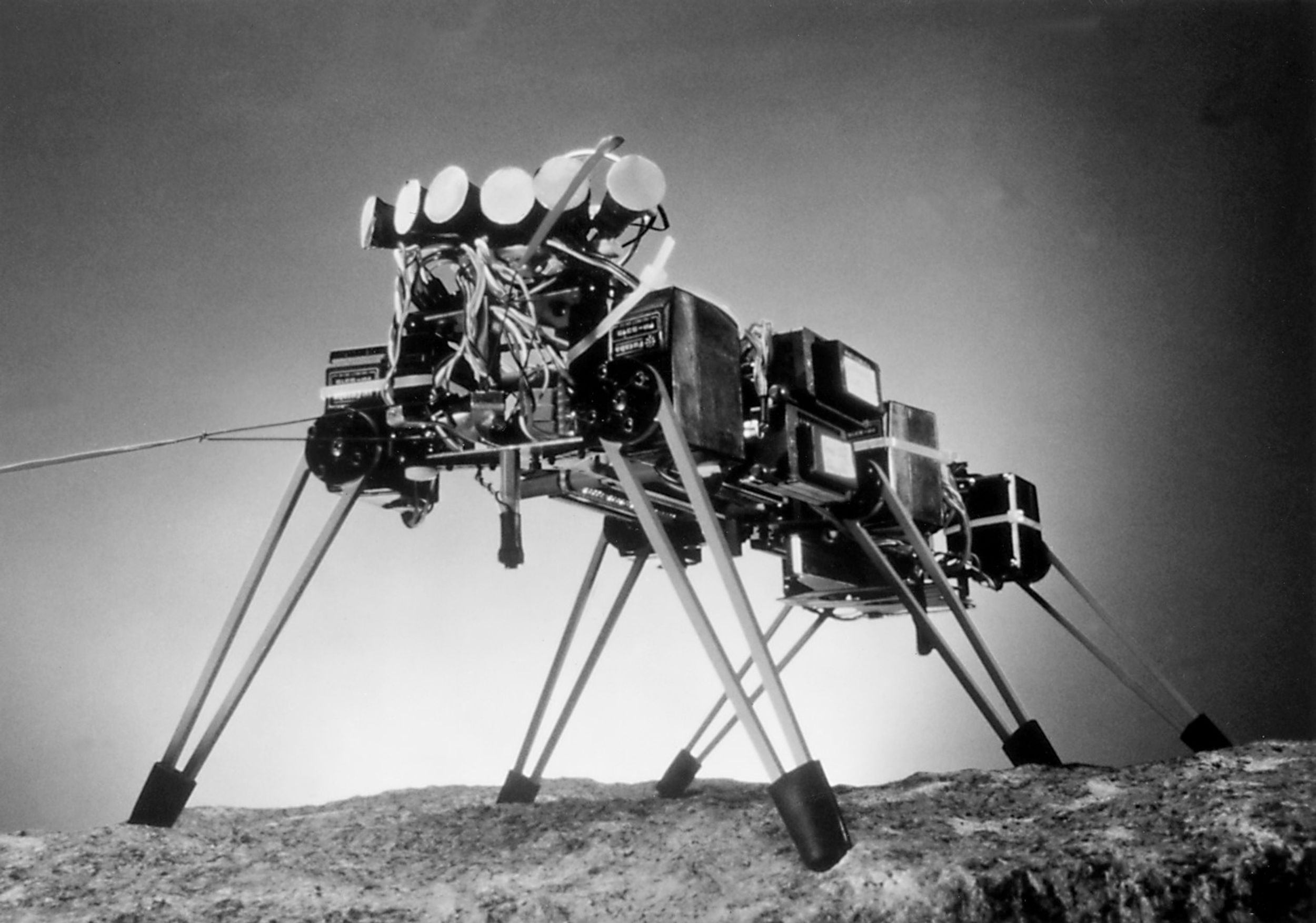
Fast, Cheap and Out of Control
An animal trainer, a gardener specialized in converting yew hedges into animal figures, an expert in the field of blind mole-rats and a robot technician are the protagonists of Errol Morris’ playful philosophical exercise about the relationship between man and animal, culture and nature. Morris himself describes his film as a story in four parts about the Sisyphus myth, but particularly demonstrates affinity with Albert Camus’ interpretation of the Greek mythological figure as an absurd hero. The tragic personage who was condemned to push a rock up a hill day after day, only to see it rolling down again as soon as it had reached the top, was described by Camus in his essay (1942) as someone who passionately endures his torment. With equal passion Morris’s protagonists tell about their missions: taming the untamable beast, controlling the growth of a plant, classifying an animal species that is modifying itself and adapting to its environment permanently, and putting together robots that can imitate animal movements. Morris constructed this cinematic essay with a great sense of the carnivalesque and the absurd.